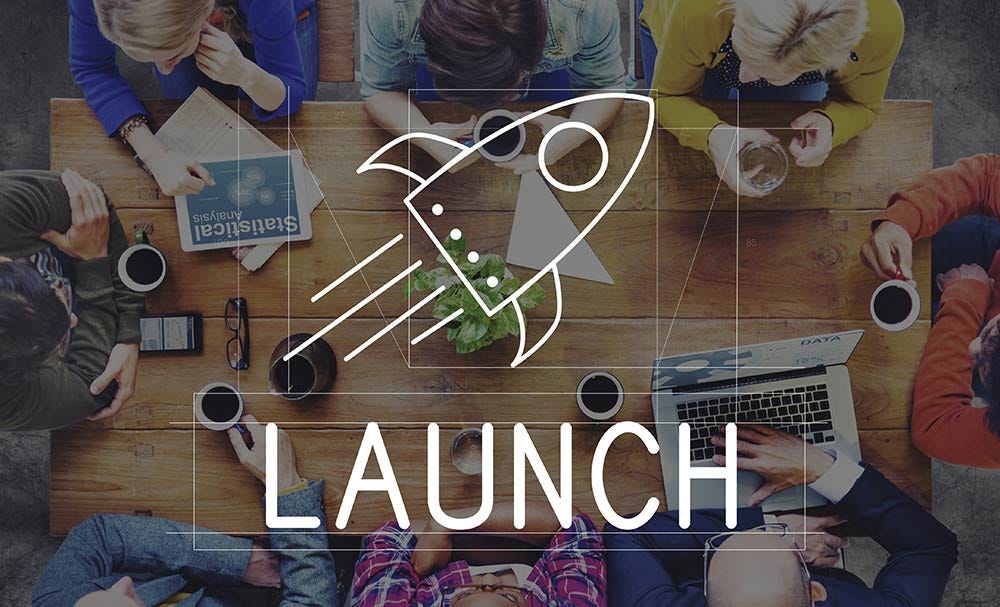How do you get a startup going? Well, in different ways depending on what you want to build and the resources at hand. Here's a general way you could go from idea to startup;
Idea
What makes a good idea? That's extremely hard if not impossible to define. A lot of progress happens when things we didn't know we needed grow to become essential. Some of the most brilliant startups were formed out of ideas that seemed bizarre or crazy at the onset. Who knew that letting your extra bedroom to total strangers at a fee would be a hit?
You need to feel strongly about the problem you're trying to solve; 'Be married to the problem, not the technology'. Having some level of belief and compelling mission on whatever problem you're solving could be a great indicator of whether the idea is worth pursuing. You need to do extensive research on the problem and solutions that exist.
Startup ideas don't survive very long without execution. Actually, they barely survive. What might be a 'hot' idea today may not be as competitive two years down the line. There's tons of people all over the world finding solutions to every imaginable problem. Your idea may be different, but it's highly unlikely it'd be unique. What might give you an edge is speed; turning ideas to something; an MVP, prototype or some other form of wireframe.
MVP
A Minimum Viable Product means different things to different ideas. If you're trying to introduce a new form of vehicle then an MVP will be some form of hardware that somehow moves; if you want to create a different way for people to shop for or pay for goods online then an MVP will most likely be software-reliant. An MVP is the scalable wireframe that helps you test your idea and/or raise capital.
Most basic softwares can be actualized with a myriad of no-code tools, with little or no coding skills. You could, for instance, make a graphical user interface for a web-app using Webflow or Bubble, a configurable database using Airtable, use Typeform or Google Forms as user input forms and so on.
If you're seeking to have, say, an online shop, it's even more easier now; using social networks like Instagram, Twitter, Facebook - some of which have 'shop' features. You could even start selling without any inventory: buy and deliver on per-order basis.
Users
An MVP without users is not very useful. When people use your product or service then you can tell a few things; whether it really meets a need, whether it works correctly and whether the process(es) are sufficient and efficient. Users validate an idea. One of the easier ways to get users is of course to get your friends, family to try out your product/service. Another low-cost way is to curate a community on say, Twitter or Reddit; if you're confident about building in public from the onset. You could easily get a bunch of users this way. Your observations on how your MVP behaves while being used and feedback from users are valuable information sources that help you know what to change, what to add and what to discard.
Pivoting, Iterations
More often than not, the initial model or design will have to be adjusted or the business model might need to be completely overhauled. Usually, it's impossible to know product-market fit before actualisation and testing. Sometimes, what you thought is the problem is not the problem. User data and feedback are the backbone of iterations. When we were building Boozeit, we started with a drinks delivery model which we thought could scale. It soon became apparent that we needed to pivot to a marketplace model in order to both serve the users better and be able to scale. Having some level of fluidity is important.
Growth
There comes a time when you need a lot more people to use your product. You may need to intensify marketing, hire more people and so on. This is dependent on many factors primary of them capital. It's important to think about how to finance the project from the onset. Also, different business models will have different financial needs. Some, like most SAAS models are able to generate revenue almost immediately and take a shorter time to achieve break-even, while others will need significant investment for years. Bootstrapping options include keeping or taking up a job(or other hustle) to be able to finance your startup before it necomes profitable.
There are many investors who would take a gamble on ideas but that's a very small minority. Most VCs, even pre-seed ones, would want to see some traction before they may consider a startup for investment.
Startup success is never guaranteed; it's one of the hardest things to do. In the startup world, hard work is no guarantee for success. Success is timing, it is speed, it's grit and perseverance, it is a great founding team, it is a strong CEO, it is ability to raise capital, it is being better than competitors... which is 'apparent' 10 years later but very hard to evaluate with no skin in the game. Startups are unique; One startup's playbook might spell disaster if extrapolated on another.
You get a lot of unsolicited advice from people - some brilliant in their own right. Knowing what to listen to and what's trash is a crucial skill for every founder.
In the end, whether your idea works out or not, the experience of being a founder is one of the best life schools anyone can be in.

